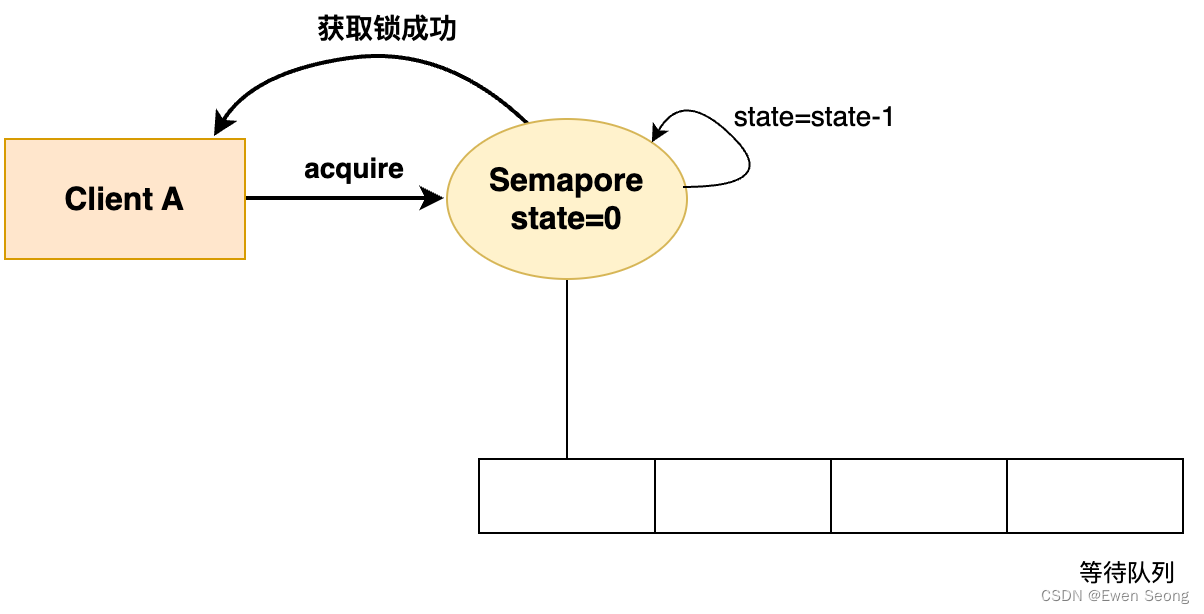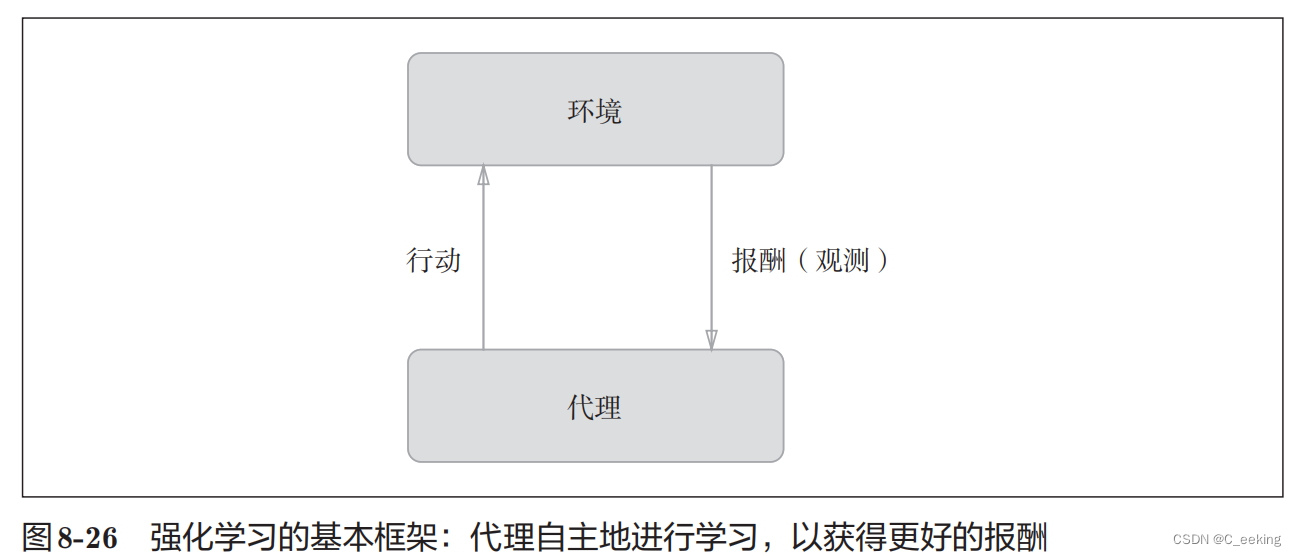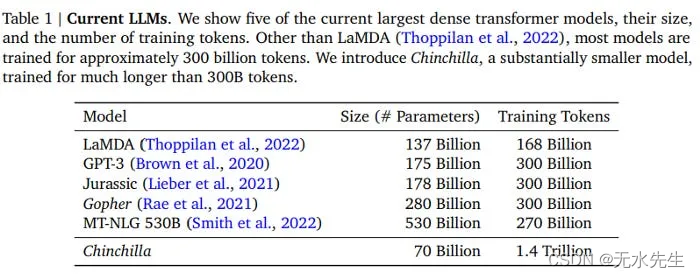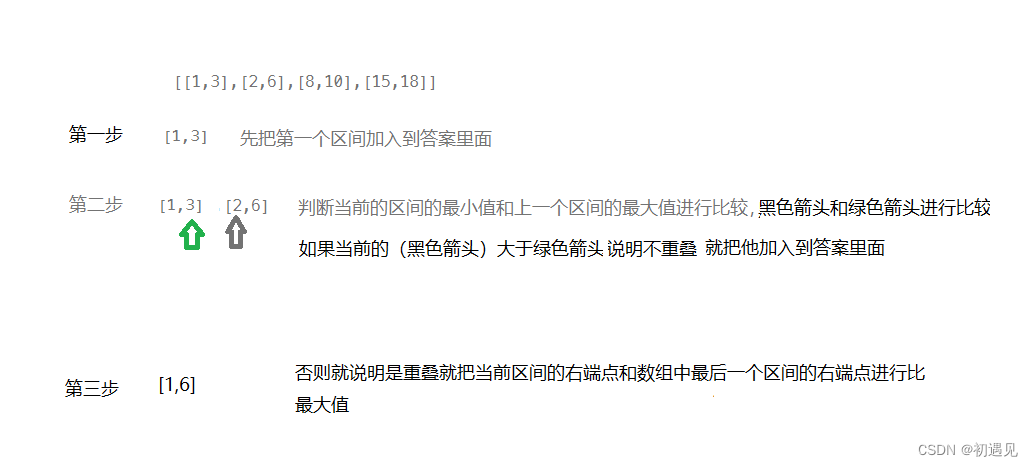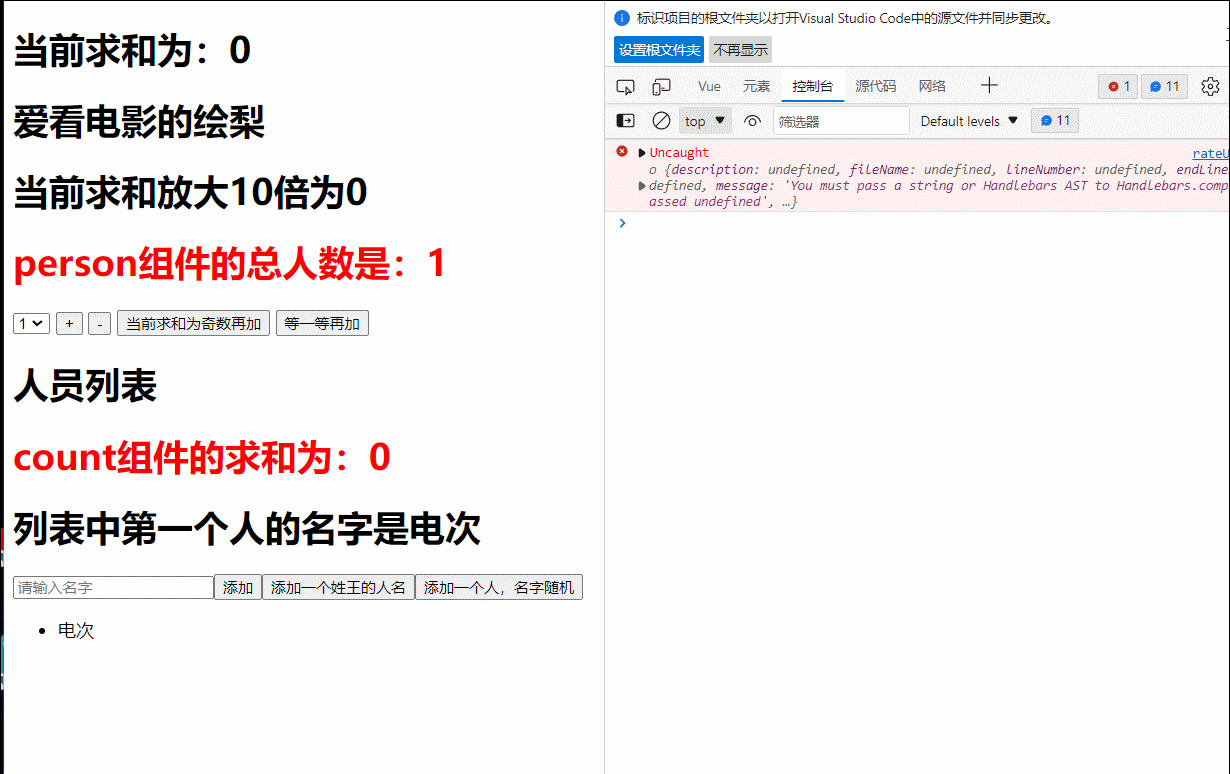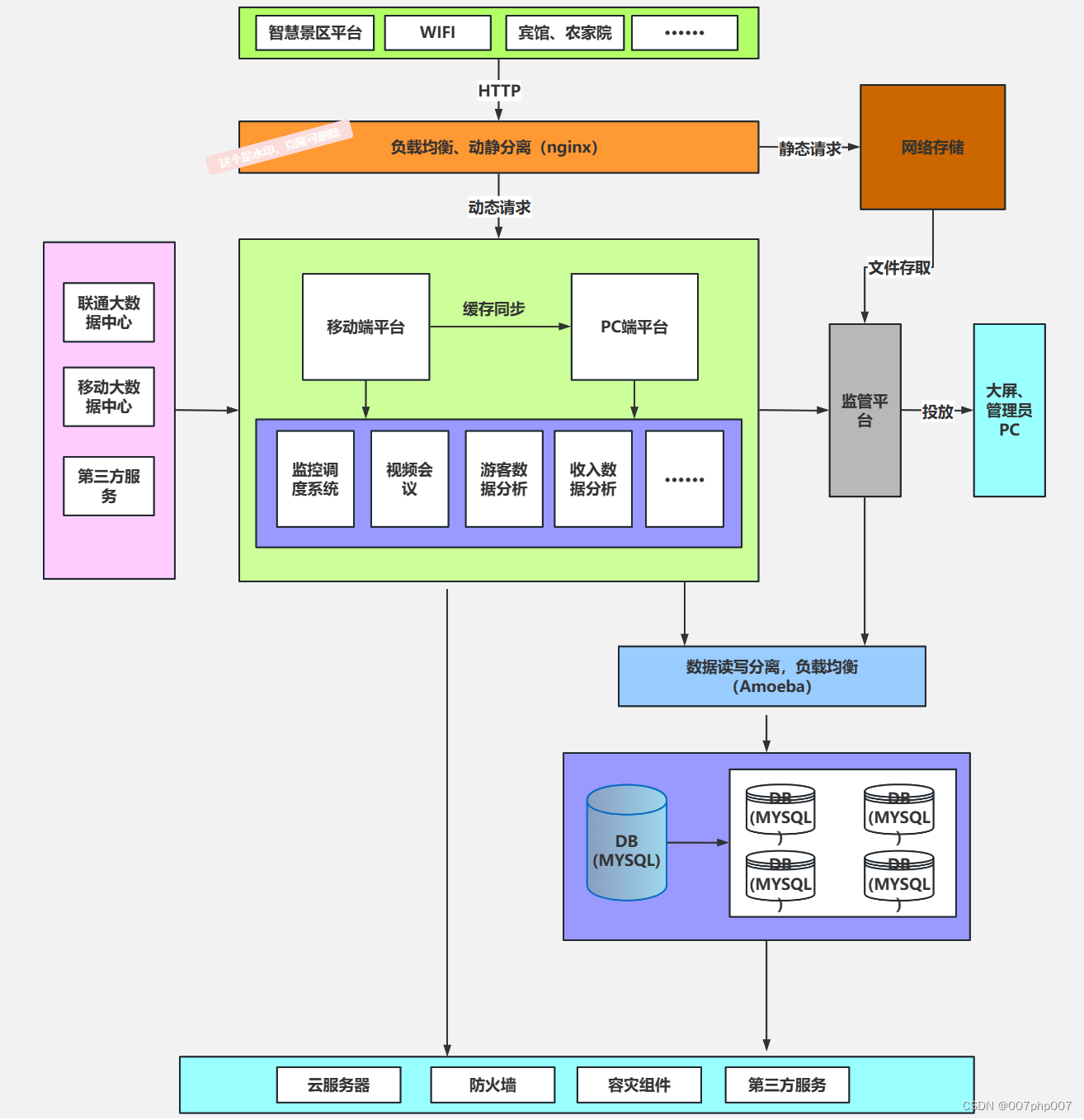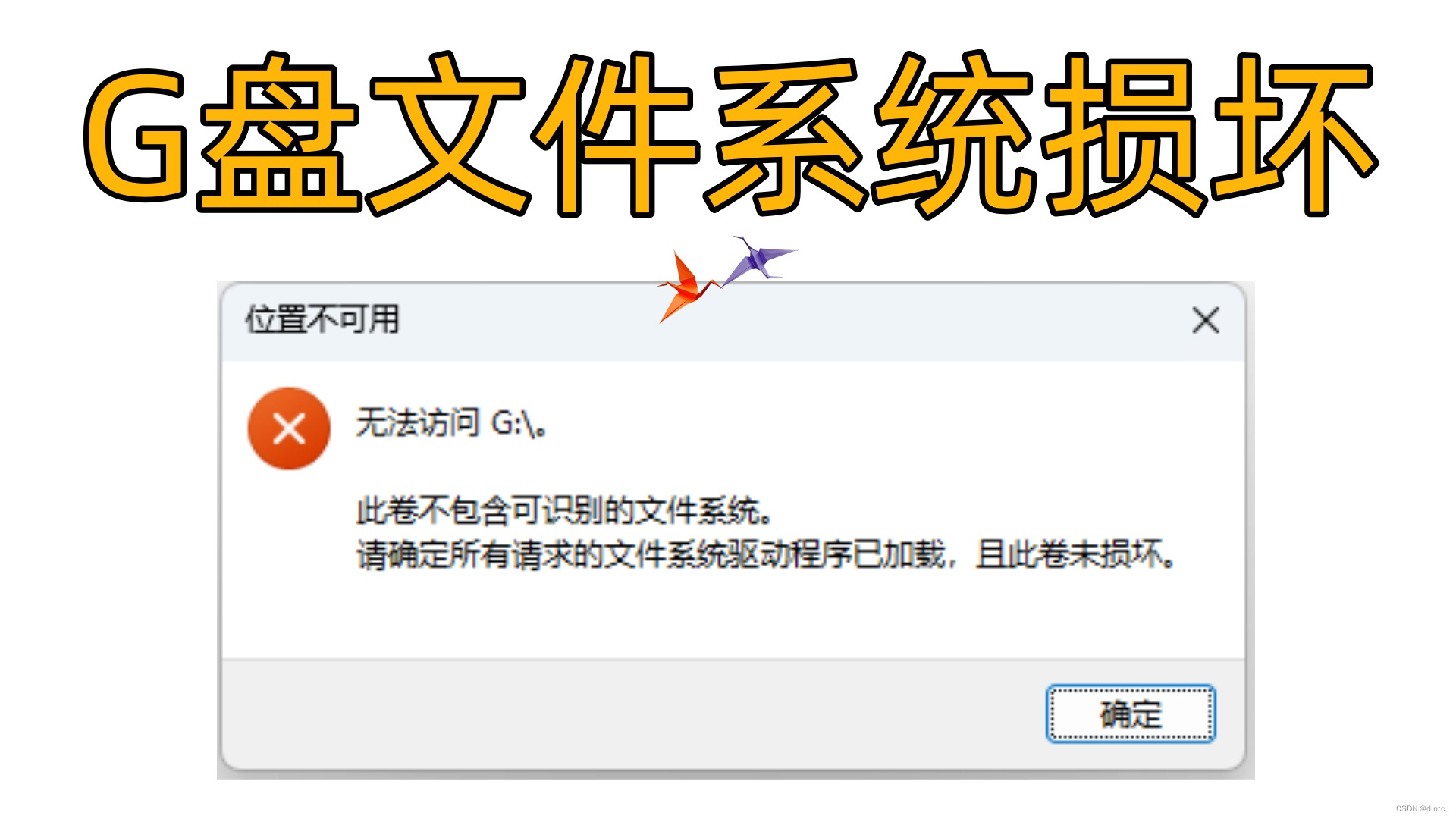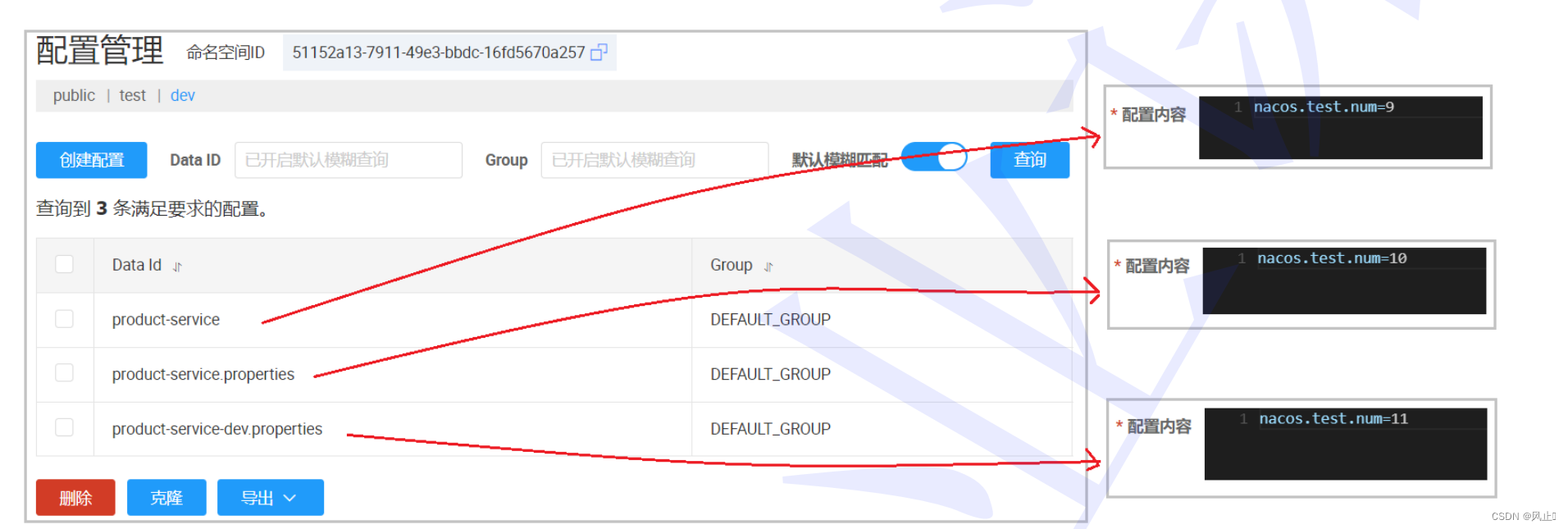ES的优点:
- 1、分布式准实时
- 2、提供REST风格的API接口,是用户可解借助任何语言使用https对ES执行请求来完成搜索任务;
- 3、提供聚合功能
1、Elasticsearch安装
docker network create elastic
docker pull docker.elastic.co/elasticsearch/elasticsearch:8.3.3
docker run --name es-node01 --net elastic -p 9200:9200 -p 9300:9300 -it docker.elastic.co/elasticsearch/elasticsearch:8.3.3
------------------------------------------------------------------------------------------------------------------------------------------------------------------------------------------------------------
-> Elasticsearch security features have been automatically configured!
-> Authentication is enabled and cluster connections are encrypted.
-> Password for the elastic user (reset with `bin/elasticsearch-reset-password -u elastic`):
N-sf6R*O0Ur344otTfzc
-> HTTP CA certificate SHA-256 fingerprint:
bfd8e24f5c41dcd170aadb0f8dbae3fe27d99633738f2d9c99dd456955523a5d
-> Configure Kibana to use this cluster:
* Run Kibana and click the configuration link in the terminal when Kibana starts.
* Copy the following enrollment token and paste it into Kibana in your browser (valid for the next 30 minutes):
eyJ2ZXIiOiI4LjMuMyIsImFkciI6WyIxNzIuMTguMC4yOjkyMDAiXSwiZmdyIjoiYmZkOGUyNGY1YzQxZGNkMTcwYWFkYjBmOGRiYWUzZmUyN2Q5OTYzMzczOGYyZDljOTlkZDQ1Njk1NTUyM2E1ZCIsImtleSI6InQxQUQ1SThCaWVkSFVsc3hFT3dlOnNoc1ZLVkl0UzB1R090S3EzUFotLXcifQ==
-> Configure other nodes to join this cluster:
* Copy the following enrollment token and start new Elasticsearch nodes with `bin/elasticsearch --enrollment-token <token>` (valid for the next 30 minutes):
eyJ2ZXIiOiI4LjMuMyIsImFkciI6WyIxNzIuMTguMC4yOjkyMDAiXSwiZmdyIjoiYmZkOGUyNGY1YzQxZGNkMTcwYWFkYjBmOGRiYWUzZmUyN2Q5OTYzMzczOGYyZDljOTlkZDQ1Njk1NTUyM2E1ZCIsImtleSI6InRWQUQ1SThCaWVkSFVsc3hELXp4OkJJSGx2YjQtU2pDWVBOVi11Y0VPVWcifQ==
If you're running in Docker, copy the enrollment token and run:
`docker run -e "ENROLLMENT_TOKEN=<token>" docker.elastic.co/elasticsearch/elasticsearch:8.3.3`
------------------------------------------------------------------------------------------------------------------------------------------------------------------------------------------------------------

2、Kibana安装及运行
通过Kibana可以可视化的管理es数据库里的数据。
docker pull docker.elastic.co/kibana/kibana:8.3.3
docker run --name kib-01 --net elastic -p 5601:5601 docker.elastic.co/kibana/kibana:8.3.3


用户名:elastic
密码:N-sf6R*O0Ur344otTfzc



http://0.0.0.0:5601/app/home#/
http://localhost:5601
3、curl操作
注意证书,证书从容器中复制出来后,我存放在/Users/sunwenjun/data/elastic8/http_ca.crt
注意用户名密码最好加上双引号。
The issue with zsh: no matches found: elastic:N-sf6R*O0Ur344otTfzc in your curl command is due to the * character being interpreted as a wildcard. To resolve this, you need to ensure the password is treated as a literal string. You can achieve this by quoting the password.
docker cp es-node01:/usr/share/elasticsearch/config/certs/http_ca.crt .
curl --cacert /Users/sunwenjun/data/elastic8/http_ca.crt -u "elastic:N-sf6R*O0Ur344otTfzc" https://localhost:9200/

4、Dev Tools可视化界面操作

5、python操作
pip install elasticsearch
from datetime import datetime
from elasticsearch import Elasticsearch
client = Elasticsearch(
hosts=['https://localhost:9200'], # 服务地址与端口
basic_auth=("elastic", "N-sf6R*O0Ur344otTfzc"), # 用户名,密码
ca_certs="/Users/sunwenjun/data/elastic8/http_ca.crt" # 证书
)
doc = {
'author': 'author_name',
'text': 'Interesting content...',
'timestamp': datetime.now(),
}
resp = client.index(index="test-index", id=1, document=doc)
print(resp['result']) # created

6、关闭与启动容器
docker start 容器id # 启动容器
docker stop 容器id # 停止当前运行的容器
参考
- Elasticsearch:关于在 Python 中使用 Elasticsearch 你需要知道的一切 - 8.x
- Elastic:使用 Docker 安装 Elastic Stack 8.x 并开始使用
- 4.ELK之Elasticsearch常用curl命令
- Elasticsearch官网
- Elasticsearch官网例子
- kibana查看es存储数据 kibana操作es数据

